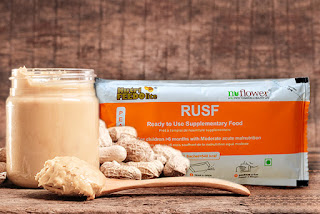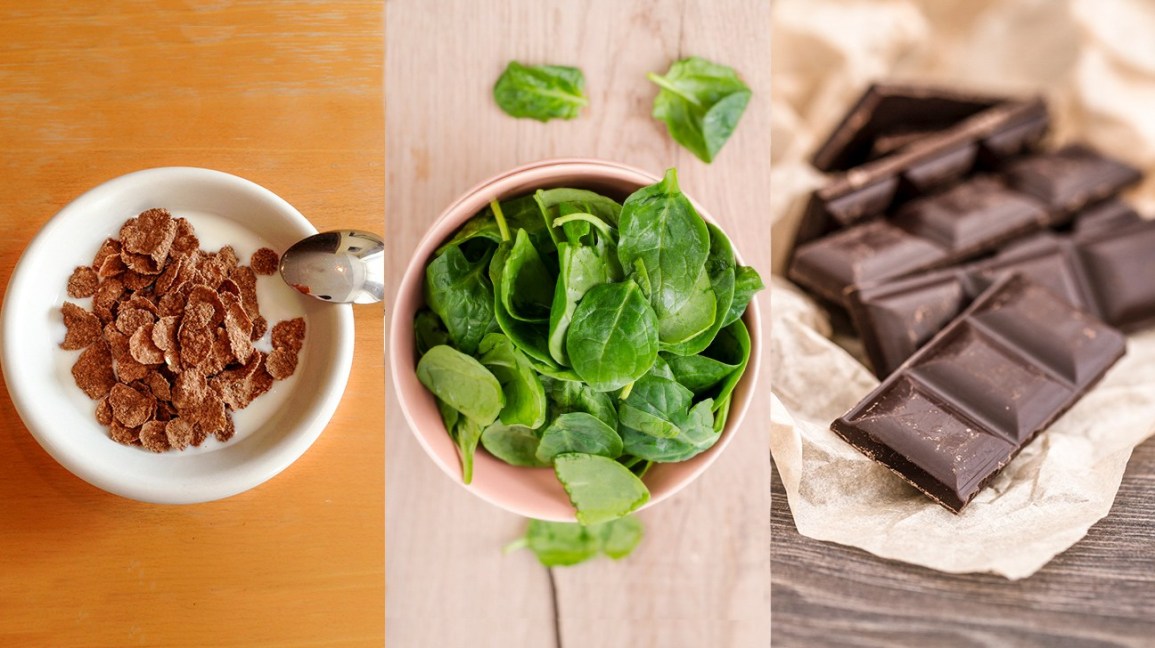Understanding the Malnutrition Crisis in Nigeria
Nigeria is Africa’s most populous region and by far the worst affected nation when it comes to child malnutrition. Nigeria has one of the highest burdens of malnutrition in the world, with 2 million children suffering from severe acute malnutrition (SAM) every year. However, a very small fraction of this population of children under 5 manage to receive effective and timely treatment, narrowly escaping soaring child mortality rates and long-term developmental challenges. The statistics as per a recent study are alarming and raise concerns for immediate action.
- 37%
of all children under 5 in Nigeria are stunted (chronically
malnourished), leading to irreversible cognitive and physical
impairments.
- 7%
of these children suffer from wasting (a more severe effect of acute
malnutrition), which significantly increases the risk of mortality.
- 22%
of the children are severely underweight, reflecting both chronic and
acute malnutrition.
There are many factors that contribute to the conditions of
children in Nigeria – poverty, food insecurity,
inadequate maternal nutrition, poor feeding practices, and limited healthcare
access being a few of them. This population sees the most child deaths
(especially children under 5). Such dire situations call for immediate and
targeted nutritional interventions such as Lipid-based Nutrient Supplements
(LNS), Ready-to-Use Therapeutic Food (RUTF), and Ready-to-Use Supplementary
Food (RUSF) provide crucial solutions to combat malnutrition effectively.
How LNS, RUTF, and RUSF Help Address Malnutrition in
Nigeria
LNS is a specialized nutrition product that has been
instrumental in treating and preventing malnutrition
in Nigeria. Scientifically formulated, LNS is a nutrient-dense food
designed to meet the specific needs of malnourished children and at-risk
populations.
1. Lipid-based Nutrient Supplements (LNS)
LNS products are small, nutrient-rich pastes made from
peanut butter, milk powder, sugar, vegetable oils, and added vitamins and
minerals. These are categorized based on dosage and intended usage:
LNS helps prevent malnutrition before it becomes critical,
supporting early childhood development and improving pregnancy outcomes in
expectant mothers. Addressing micronutrient deficiencies such as iron, zinc,
vitamin A, and iodine is the first step in helping children grow healthier and
stronger and LNS does that.
2. Ready-to-Use Therapeutic Food (RUTF)
RUTF is a supertool in the fight against SAM. RUTF is an
energy-dense paste enriched with micronutrients. It requires no refrigeration
or water for preparation, therefore making it highly suitable for Nigeria’s
challenging conditions. It is provided as a six-to-eight-week regimen helping
restore children suffering from SAM to health.
- Studies
show that over 90% of SAM children treated with RUTF recover fully with
RUTF.
- RUTF
allows caregivers to treat their children at home, reducing hospital
overcrowding and healthcare costs unlike hospital-based interventions.
- Due
to its long shelf-life and ease of transport, RUTF is ideal for emergency
and conflict-affected areas in Nigeria, such as the North-East states
(Borno, Yobe, and Adamawa), where malnutrition is most severe.
3. Ready-to-Use Supplementary Food (RUSF)
Think of RUSF as a bridge between LNS and RUTF treating MAM
before it turns to severe stages. It is typically provided to children who are
malnourished but not yet at critical levels, helping them regain weight and
strength.
RUSF
in Nigeria is a crucial aspect of community-based nutrition programs,
specifically in those regions where food insecurity is prevalent. RUSF helps
- Prevents
malnutrition and progressing to SAM
- Supports
recovery after illness
- Strengthens
immunity
- Complements
general food distribution in humanitarian interventions




Comments
Post a Comment